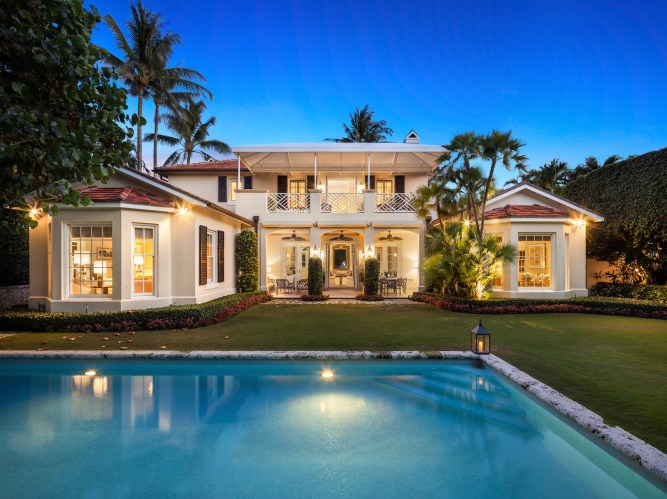If you want to save some money and the planet, too, you’ll want to consider greening your home. By taking some simple steps, you can clear your conscience by using sustainable materials while also making your abode more energy-efficient.
Lori Miller, president of Farmingdale-based LGC Interior Design, promotes green elements in her design work, offering practical tips on choosing environmentally friendly furnishings and achieving a more sustainable home.
WINDOWS AND SOLAR ENERGY
To make your home more energy-efficient, start with Renewal by Andersen windows made completely from recyclable products, which have a higher “R” rating, which means they provide better insulation.
“You’re using less energy to heat your house or to keep it cool,” says Miller. “They seal out the cold and seal in the heat.”
Wherever possible, add more windows to bring in more sunlight and warmth. Solar panels, which have the double benefit of lowering electric bills and using renewable energy, provide reliable energy, are subsidized by electric company rebates, and are eventually owned outright, notes Miller.
“And they’re a selling point, so they have a multitude of positives,” Miller says, adding that the newer versions are less intrusive and not as noticeable as older models.
Electricity can also be run through solar window shades, which work in much the same fashion as solar panels, and can also charge your phones and save on heat and lighting.

FLOORS FOR ENERGY-EFFICIENT HOME
These days, recycled barnwood plank flooring — for a farmhouse vibe — is very popular.
Another option is bamboo, but not for anyone who is allergic to it.
“Because it is a weed, you can be allergic to your floor,” explains Miller.
Cork, which can be used anywhere in the house, is another wonderful and environmentally friendly floor material.
“It has some softness to it; it is a little springy, but it’s durable and no different than a bamboo plank,” says Miller. She suggests Marmoleum, a natural, durable, easy-to-clean linoleum as a sustainable alternative to laminate.
For carpets, whether wall-to-wall or area rugs, stick to wool, a natural fiber. For a more rustic look, go with sisal, another natural material.

PAINT, LIGHT, AND COUNTERS
Most lighting is sustainable, but. Miller recommends LED bulbs, which emit more light and less heat, between 3,000-3,500K (color temperature) in mixed white light.
For paint, choose one with low VOC (volatile organic compound) content, which doesn’t smell as much as other paints and is healthier for you, Miller advises.
For countertops, consider sustainable materials, such as bamboo or composites made from recycled glass or other recycled materials.
FURNISHINGS AND APPLIANCES
Natural fabrics – wool, cotton, and linen — are all sustainable, notes Miller, adding that polyesters and rayons, which are synthetic and contain chemicals, should be avoided.
To minimize additional greenhouse gas emissions inherent in transporting products from overseas, buy U.S.-sourced products from High Point, N.C. or other manufacturing centers around the country. To learn which companies are eco-friendly, check the Sustainable Furniture Organization website.
Look for fabrics that have been hand-dyed using natural coloration and dyes, as opposed to solution-dyed petroleum-based. products.
Search out appliances — dishwashers, washing machines, refrigerators — that are more energy-efficient and pressure regulator shower heads and low-flush toilets, both of which use less water.
Consider a HALO Smart Sensor, which detects carbon monoxide and impurities and keeps your home environment safe.
This article appeared in Behind The Hedges, inside the May edition of the Long Island Press. A digital version of the magazine can be read here.






















